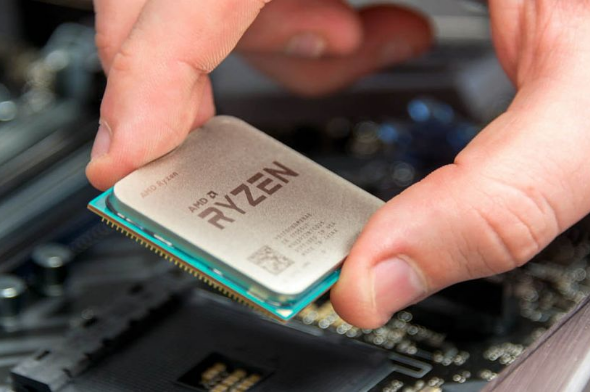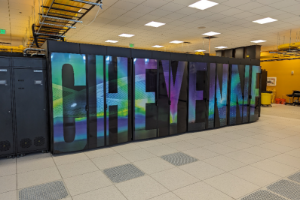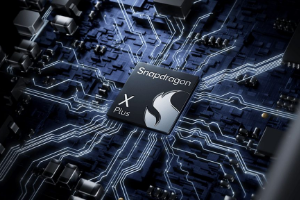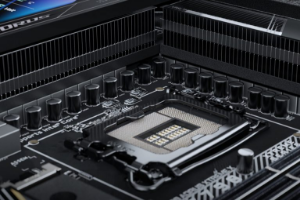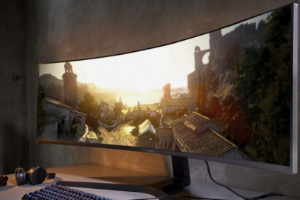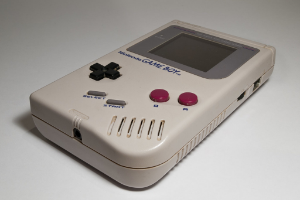Connection to DriversCloudCreate a DriversCloud.com accountReset your DriversCloud.com passwordAccount migration
AMD continues to update the AM4 platform, 6 years after its launch
A real thumbing of the nose at Intel and its "disposable" platforms, the AM4 is therefore still the order of the day.
The successor to AM3+, the AM4 socket was launched by AMD in September 2016. The aim was to give new support to future Zen architecture processors, which proved to be a small revolution for the American company. The Zen architecture then evolved into Zen+ then Zen 2 and, finally, Zen 3, but AM4 support remained, true to form. It wasn't until the release of Zen 4 - on September 27, 2022 - that AMD finally found a successor, the AM5. For six long years, AM4 was the support of choice for AMD processors. A remarkable longevity.
However, the release of the AM5 socket does not mean the death of the AM4, and AMD's president made it very clear when she launched the AM5 that the company was not finished with this support. More recently, security issues prompted AMD to update AGESA firmware to versions 1.2.0.A and 1.2.0.B, as VideoCardz reports. AMD's partners have also got in on the act, with companies such as ASUS, Gigabyte and MSI updating their motherboard BIOSes to take account of the new AGESA.
This commendable follow-up has resulted, for example, in a new BIOS version for ASUS's PRIME X370-PRO board. A board for which the manufacturer deployed a first BIOS... on February 24, 2017, whereas the latest version is dated August 11, 2023, i.e. more than six and a half years later. A "performance" in product tracking that's not so common in microcomputing, and even less so in the world of motherboards/processors. In fact, by April 2022, a new processor had even been released for all these AM4 motherboards: the Ryzen 7 5800X3D, perfectly recognized by the PRIME X370-PRO, if ASUS is to be believed.
In our introduction, we talked about thumbing our noses at Intel, because at the same time, the Santa Clara-based company has been churning out platforms at a "good" pace. It's often said that an Intel socket only lasts two years, and the fact is that when the AM4 was launched, Intel had the LGA1151 revision 2 to contend with. This socket was then replaced by the LGA1200, before it in turn bowed out to make way for the LGA1700 currently used by the Alder Lake, Raptor Lake and imminent Raptor Lake Refresh generations. Next year, however, Arrow Lake will introduce the LGA1851 socket.
